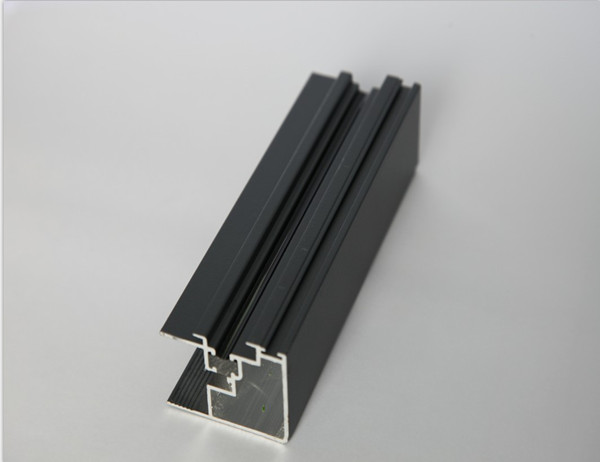Aluminum furniture profiles have become increasingly popular in the furniture industry due to their versatility, strength, and durability. These profiles offer a cost-effective solution for modern furniture design and can be shaped and molded to create a range of designs. In this article, we will explore the usage area of aluminum furniture profiles, their advantages, and design tips.
Advantages of Aluminum Furniture Profiles
Aluminum furniture profiles have several advantages that make them a popular choice for furniture designers and manufacturers. They are lightweight, strong, corrosion-resistant, and flexible, making them ideal for furniture design. Additionally, aluminum profiles are durable and long-lasting, reducing the need for frequent replacements. Using aluminum furniture profiles in furniture design is a sustainable choice that offers many benefits for the environment and the economy.
Usage Area of Aluminum Furniture Profiles
Aluminum furniture profiles are versatile and can be used to create a range of furniture products, including tables, chairs, beds, and cabinets. They can be customized to suit the specific needs of each event. Advancements in aluminum furniture profiles have led to the development of new and innovative designs, allowing designers to create sleek and modern furniture designs that are both aesthetically pleasing and functional.
Designing with Aluminum Profiles
When designing furniture with aluminum profiles, it is important to consider the sustainability of the material. Using recycled aluminum and designing products for longevity can reduce the environmental impact of furniture production. Seek professional advice to ensure that you are using high-quality aluminum profiles that are manufactured to industry standards and tested for quality.
Designing furniture with aluminum profiles requires careful consideration of the properties and characteristics of the material. Consider the application of the product and choose the most appropriate type of aluminum profile, such as extruded profiles, welded profiles, or stamped profiles. Extruded profiles are created by pushing aluminum through a die, creating a uniform cross-section. Welded profiles are created by joining aluminum pieces together with welding. Stamped profiles are created by pressing aluminum into a mold.
In conclusion, aluminum furniture profiles are a versatile and sustainable material that offers many benefits for furniture design. With careful consideration and design tips, designers and manufacturers can create modern and functional furniture products that are both aesthetically pleasing and durable.




